Grasses
Grasses are flowering plants that belong to the Poaceae family. They are one of the most important plant groups on Earth, covering a significant portion of the Earth's surface. Here are some key points to understand about grasses:
Structure of Grasses
Grasses typically have long, narrow leaves with parallel veins. The stem of a grass plant is hollow and jointed, and it can vary in height depending on the species. The flowers of grasses are typically small and inconspicuous, often arranged in clusters called inflorescences.
Adaptations of Grasses
Grasses have several adaptations that help them thrive in various environments. Their deep and fibrous root systems allow them to withstand drought and stabilize soil. Additionally, many grasses have the ability to grow from the base after being grazed or cut, making them resilient in the face of grazing pressure.
Ecological Importance
Grasses play a crucial role in many ecosystems. They provide food and habitat for a wide variety of wildlife, including insects, birds, and mammals. Additionally, grasslands, which are dominated by grasses, are important carbon sinks and contribute to the Earth's climate regulation.
Human Uses of Grasses
Humans have utilized grasses for various purposes throughout history. Grasses such as wheat, rice, and corn are staple food crops for a large portion of the world's population. Additionally, grasses like bamboo have been used for construction, while ornamental grasses are popular in landscaping.
Study Guide
Here are some questions and activities to help you study and learn more about grasses:
- What are the main characteristics of grasses?
- Research and identify three different species of grasses and describe their unique features.
- Visit a local grassland or garden and observe the diversity of grass species present. Take notes and photographs to document your observations.
- Discuss the importance of grasses in the context of food production and the global economy.
- Create a poster or presentation showcasing the ecological importance of grasslands and the role of grasses in supporting biodiversity.
By exploring these questions and activities, you can gain a deeper understanding of the significance of grasses in the natural world and human society.
.◂Science Worksheets and Study Guides Fourth Grade. Food webs/food chains

 Activity Lesson
Activity Lesson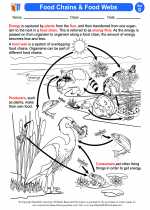
 Worksheet/Answer key
Worksheet/Answer key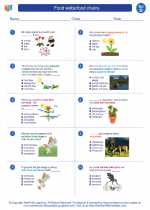
 Worksheet/Answer key
Worksheet/Answer key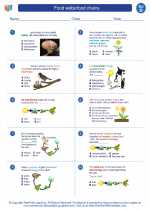
 Worksheet/Answer key
Worksheet/Answer key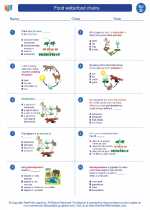
 Worksheet/Answer key
Worksheet/Answer key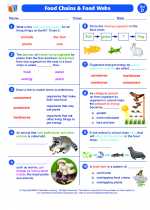
 Vocabulary/Answer key
Vocabulary/Answer key
 Vocabulary/Answer key
Vocabulary/Answer key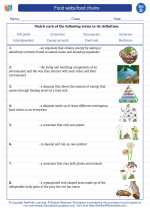
 Vocabulary/Answer key
Vocabulary/Answer key
